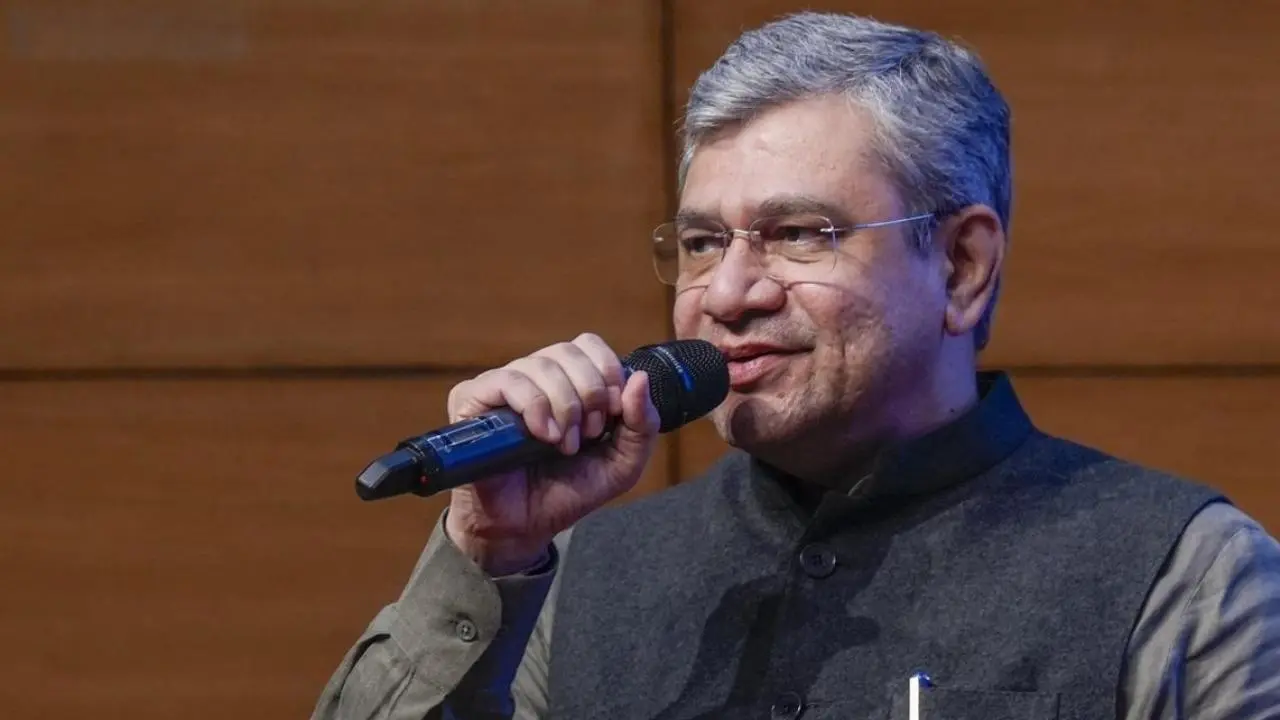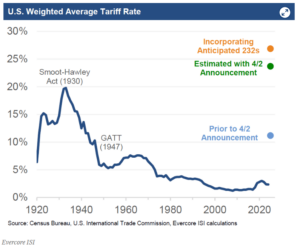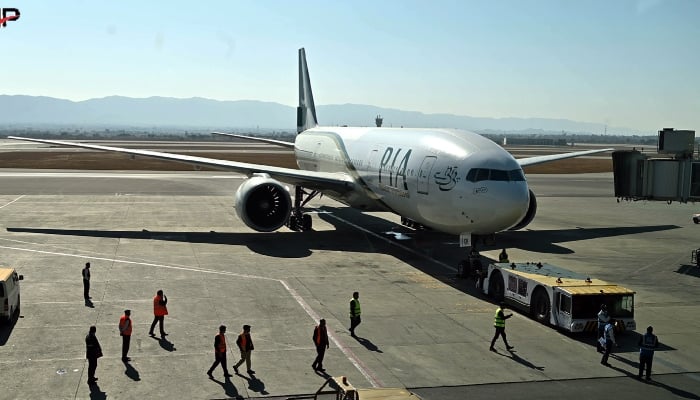While he may be best known for his acrylic paintings — a combination of brightly colored portraits and distinctive, haunting landscapes — Santa Fe artist Nocona Burgess has been pulling double duty for the last three years, serving as the host of his own weekly program on KSFR-FM, The Business of Art . As the title of that show implies, Burgess and his guests spend much of their time on air delving into the nuts and bolts of how the art world functions, rather than exploring its creative side. With his nearly 35 years of experience as an observer of and active participant in Santa Fe’s art scene, Burgess, a member of the Comanche Nation, has a perspective of the art business that few folks can match.
He estimates 70% of his work is now sold through galleries — including Santa Fe’s Manitou Galleries; the Marshall Gallery in Scottsdale, Ariz.; and the Rainmaker Gallery in Bristol, England. But he is well acquainted with the world of art fairs and online sales, which he has relied on heavily in the past as he was building his career.

The path to achieving financial stability as an artist offers more alternatives than it once did, he said, when being represented by a successful gallery was the only realistic means of meeting that goal. “It used to be the gallery was the first line of need for the artist because you needed the gallery to sell your work,” he said. “Now, the internet has allowed artists to represent themselves.
" Another increasingly popular outlet for artists is the outdoor art fair circuit. Despite Santa Fe’s proliferation of galleries and museums, such events can be found regularly in the city, from small-scale weekly events downtown and in the Railyard to massive annual summer markets, including the International Folk Art Market, the Santa Fe Indian Market and the Traditional Spanish Market. Burgess said it is possible for any artist willing to travel to stay busy for most of the year at art fairs, spending the fall and winter in the South or Southwest and working their way up to northern climes in the spring and summer.
But that involves an enormous amount of travel with accompanying expenses for gas, food and accommodations, he said. Burgess' work hangs in locations across the country and around the world — museums in England, South Africa and Washington, D.C.
, and other institutions in Georgia, Arkansas, Texas and his native Oklahoma. But he still finds there’s no place like home when it comes to marketing his work and sustaining his career as an artist. “The Santa Fe art market is really strong and consistent,” he said, noting it also is a highly competitive environment where connections matter.
For much of his time here, however, Burgess augmented the income he generated from selling his paintings by working a day job, including a stint with Santa Fe Public Schools. He finally was able to make the transition to full-time artist five years ago. He’s hardly alone in having to supplement his income.
“Only 2% to 5% of all practicing artists are supporting themselves,” said Ivan Barnett, the former creative director of the Pantina Gallery, who now runs a Santa Fe-based consulting business for artists and gallery owners. “There are a lot more profitable businesses.” Gallery representation can be the clearest path to career success for many artists.
The freedom for those who choose to sell their own work can come with a catch, said Lisa Stewart Keating, the executive director of the Santa Fe Gallery Association. “Internet sales venues and social media platforms for art sales have become saturated in recent years,” she said. Many artists may not be good at developing marketing and business skills or putting them to work, she added.
“Art sales, like many things in life, are deeply relational," Keating said. "Galleries spend significant resources to develop relationships with collectors and provide business acumen, marketing support, merchandising, advocacy, openings, events and opportunities for artists to support art sales.” Artists who rely on art fairs to support themselves also may be placing a ceiling on their career, she said, noting even in Santa Fe, with its many popular weekend outdoor markets, such events aren't guaranteed to provide ample sales.
“Artists who are naturally entrepreneurial may find freedom and success in these alternative markets, but galleries are still a vital part of career success for most,” she said. Burgess agreed galleries offer significant benefits, saying, "most artists still want a brick-and-mortar location to sell their work.” Burgess said his preference these days is to create his work in his studio, then turn it over to a gallery and let its staff do the work of marketing and selling it.
But he said there are distinct advantages to working art fairs. “I still like to do Indian Market and Winter Indian Market because I like to talk to and meet new people I wouldn’t normally meet,” he said. “That helps you cultivate collectors and buyers.
” He doesn’t view art fairs as a bad thing for galleries, Burgess said, explaining any art event that draws a crowd is likely to benefit other creative enterprises. “The more that’s going on, the more sales that happen; it’s good for everybody,” he said. “And it forces galleries to step up their game.
I think competition is good.” Keating sees plenty of room in the city for art fair organizers and gallery owners to work together. “Art is personal in Santa Fe,” she said.
“I would love to see cooperation between curated outdoor markets, art fairs and our established galleries and museums. "Creating a seamless experience for visitors to connect with art that excites them and [whets] their appetite for more would benefit the whole system," she added, "from first-time buyers and seasoned collectors to new, emerging and established artists and gallerists.”.
Business

Business of art offers alternative routes for sales, but galleries still 'vital'

Artist Nocona Burgess, a member of the Comanche Nation, has a perspective of the art business that few folks can match.















